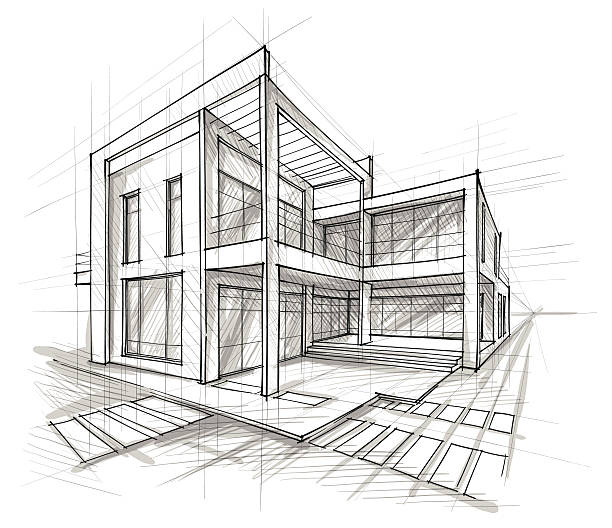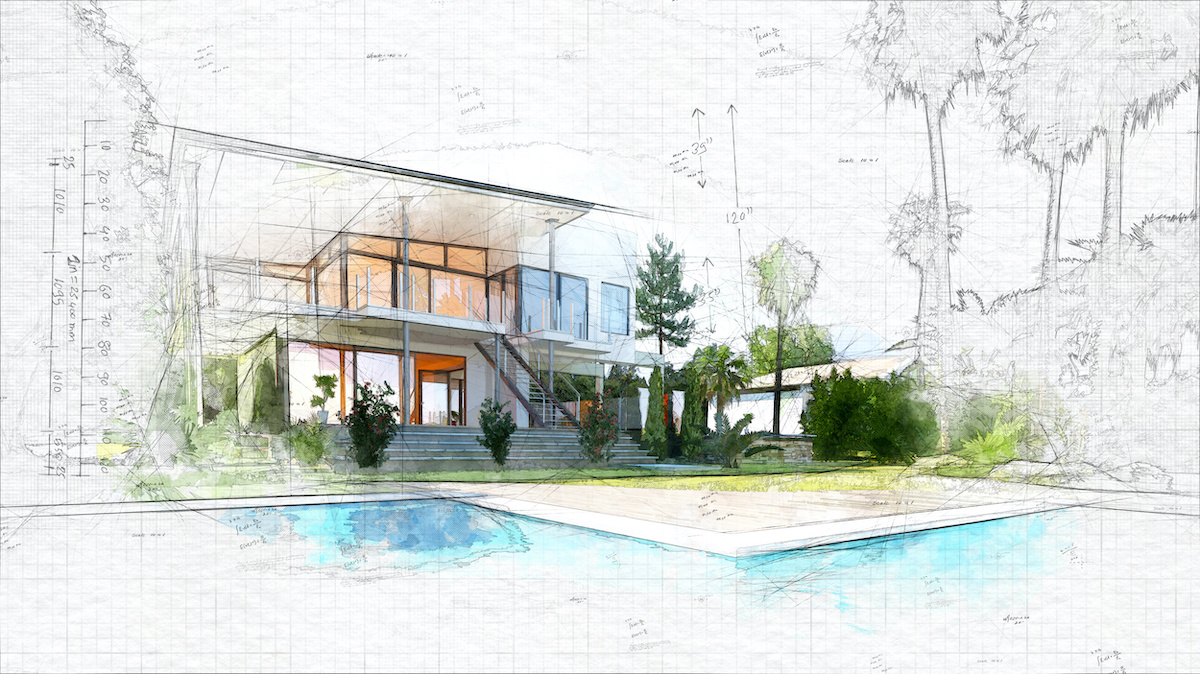Raise Your Structure Layout with the Knowledge of CDA Architects
Wiki Article
Understanding the Collaborative Process In Between Designers and Designers in Modern Construction Projects
The collective process between engineers and designers is vital in modern-day building tasks, as it harmonizes style intent with design expediency. This partnership not only influences the visual and functional aspects of a project yet likewise plays a vital duty in resolving sustainability obstacles. By employing effective interaction strategies and leveraging advanced technologies, such as Building Information Modeling (BIM), groups can work extra cohesively. However, the intricacies of this partnership typically existing special obstacles that can impede development. Checking out these characteristics discloses insights that can substantially impact task results and general market criteria.The Importance of Partnership
The collective harmony between engineers and designers is important for the effective awareness of any kind of construction task. This partnership brings together unique know-how and viewpoints, making it possible for the combination of ingenious layout with practical engineering options. By interacting, designers and engineers can make sure that a project not only satisfies aesthetic and functional needs yet additionally sticks to safety and security, sustainability, and monetary restraints.Cooperation cultivates a shared vision, facilitating the placement of objectives and assumptions from the start. This alignment is vital in resolving potential challenges and mitigating threats that could arise during the job lifecycle. Furthermore, a collective approach enables for the reliable allowance of resources, optimizing both time and cost.
The relevance of partnership includes the repetitive procedure of style and construction, where feedback from engineers can inform architectural choices, leading to more possible and sustainable designs. On the other hand, designers can motivate engineers to believe creatively regarding just how to accomplish structural integrity without compromising artistic intent. Inevitably, the collaborative connection between engineers and engineers is not merely advantageous; it is essential to the creation of top notch, functional, and innovative developed atmospheres that meet the needs of society.
Communication Methods and Devices
Efficient communication techniques and tools are essential for fostering collaboration between designers and designers throughout the task lifecycle. Developing clear networks of communication is necessary to make certain that all employee are straightened with task goals, timelines, and duties. Routine meetings, both in-person and virtual, supply possibilities for stakeholders to talk about progress, address worries, and make informed choices.Using task administration software, such as BIM (Building Info Modeling) systems, improves partnership by allowing real-time sharing of layout adjustments and technical requirements. These tools help with openness, allowing architects and engineers to picture modifications and analyze their influence on the overall job.

Shared Goals and Task Vision

Developing common goals involves open discussion and an extensive understanding of each discipline's payments. Engineers generally focus on style intent, spatial partnerships, and individual experience, while engineers emphasize architectural stability, systems performance, and helpful resources compliance with guidelines (cda architects). When these perspectives are lined up, the outcome is a cohesive project that abides by both innovative goals and technical feasibility
In addition, a well-defined job vision promotes accountability amongst staff member, motivating each individual to take possession of their duty in attaining the wanted end result. Normal check-ins and collaborative workshops can better strengthen this dedication, allowing for modifications to be made as the task evolves. Eventually, a shared vision not just improves synergy however additionally elevates the quality of the final deliverable, bring about effective job conclusion.
The Duty of Technology
Leveraging modern technology has actually ended up being vital in enhancing partnership in between engineers and engineers. The integration of advanced software program devices helps with real-time interaction and info sharing, enabling groups to function a lot more successfully and properly. Structure Information Modeling (BIM) sticks out as an essential modern technology, allowing both designers and designers to create comprehensive 3D models that encapsulate style intent and architectural integrity. This common aesthetic representation minimizes misconceptions and improves the decision-making procedure.
Furthermore, cloud-based go to this website systems allow seamless cooperation, permitting project stakeholders to accessibility and update task information from anywhere. This cultivates a culture of transparency and accountability, as modifications can be tracked and evaluated in real-time. Additionally, mobile applications further enhance interaction, offering on-site teams with instant accessibility to project requirements and updates.
Arising technologies such as expert system and device knowing are also beginning to play a function in predictive evaluation, assisting groups identify potential problems prior to they occur. Eventually, the role of technology in architecture-engineering partnership not just improves operations effectiveness but likewise improves technology, causing even more effective project results. By accepting these technical innovations, architects and designers can make certain an extra natural and productive joint procedure throughout the building lifecycle.
Situation Studies in Effective Partnerships
Many study illustrate the extensive impact of reliable collaborations in between architects and engineers on job results. One significant instance is the cooperation news on the High Line in New York City City, where landscape designers, engineers, and metropolitan organizers functioned with each other to change a deserted rail line into a lively public park. This multidisciplinary method not just improved the visual quality yet additionally made sure structural safety and environmental sustainability.Another excellent instance is the layout and construction of the Sydney Concert Hall. The partnership between architect JÃ ¸ rn Utzon and architectural engineer Ove Arup exemplified innovative analytical. Their partnership enabled the legendary shell-like style while attending to complicated engineering difficulties, ultimately causing a timeless architectural work of art.
The Burj Khalifa in Dubai better demonstrates the value of joint initiatives. cda architects. The integration of design and design proficiency made it possible for the job team to achieve unprecedented elevations while adhering to safety policies and visual vision
These instances underscore the value of communication, trust fund, and shared goals. In today's intricate building and construction atmosphere, such partnerships are necessary to browsing challenges and supplying projects that satisfy both functional and visionary goals.
Final Thought
In conclusion, the collaboration in between architects and designers is necessary for the success of modern-day building jobs. Reliable interaction methods, a common task vision, and the combination of sophisticated innovations are critical components that promote this collaboration.Report this wiki page